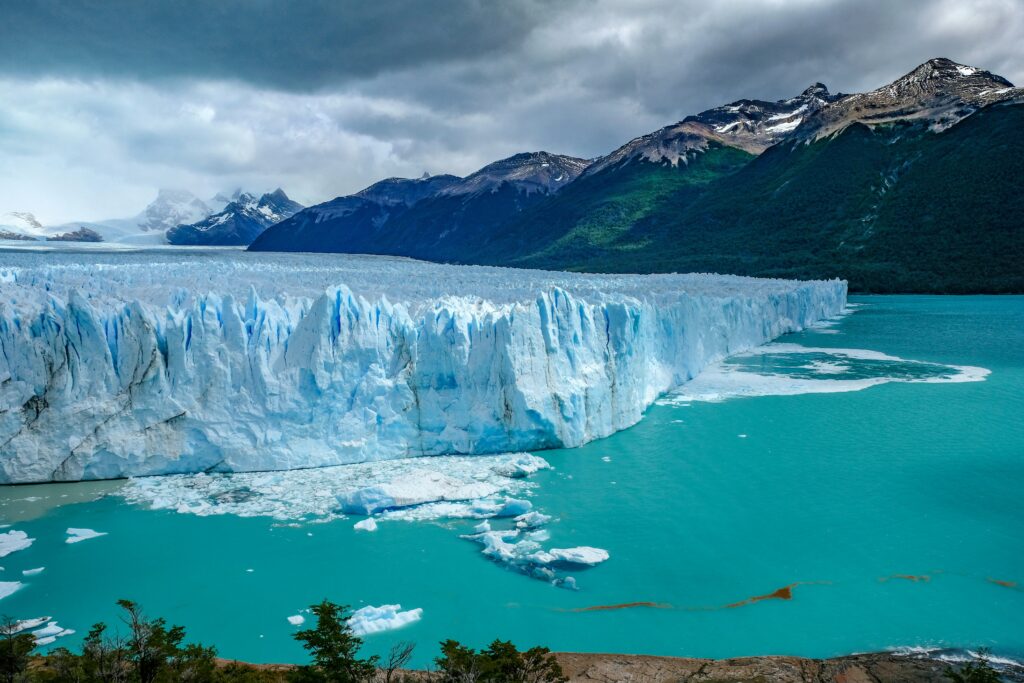
There’s something magical about the solitude of a winter hike. The crunch of snow beneath your boots, the crisp air nipping at your cheeks, and the breathtaking views all around. I’ll never forget standing on a peak in Patagonia’s Torres del Paine, feeling both incredibly small and deeply connected to the vastness of nature. But, as a solo traveler, questions about safety often loom large. Is Patagonia safe for solo winter hikers? Let’s break it down.
This post is all about helping you navigate the stunning but sometimes unpredictable wilderness of Patagonia. Whether you’re a seasoned hiker or just considering your first solo trip, I want to give you the essential tips to make your adventure smooth and enjoyable.
Why Patagonia in Winter?
Patagonia is a true winter wonderland. The landscapes transform into something ethereal. Fewer tourists mean more solitude. You can enjoy the trails without the hustle and bustle of peak season. But here’s the thing: winter also brings unique challenges.
Understand the Weather
The weather in Patagonia can change in an instant. One moment, the sun is shining; the next, you’re caught in a snowstorm. It’s essential to check the forecast and stay updated daily. Don’t assume that just because it’s clear today, tomorrow will be the same.
Here’s a tip: use reliable weather apps that specialize in mountain conditions. They’ll provide timely updates. And don’t forget to prepare for wind. In winter, gusts can be fierce.
Choose Your Trails Wisely
Not all trails are created equal in winter. Some routes can become hazardous due to snow and ice. Research the trails ahead of time. Popular spots like the W Trek can be tackled even in winter, but always check local updates and trail conditions first.
Start with the Essentials
If you’re unsure where to start, consider shorter trails that are well-marked and frequented. The Base of the Torres is a popular choice. It’s stunning and generally safe for solo hikers, even in winter. But always assess your own skill level and comfort. Take it slow.
Gear Up
Your gear is your best friend in the winter. A good pair of waterproof boots is a must. Make sure they have good traction. Crampons can also be beneficial on icy trails. Layers are essential, too. Start with moisture-wicking base layers, add insulating layers, and finish with a waterproof and windproof outer shell.
Don’t skimp on accessories: gloves, beanies, and thermal socks can make a huge difference. Here’s the problem—many people underestimate the cold. If you feel chilly at base camp, it will be much worse on the trail.
Safety First
Being safe should always be your priority. Some basic tips can make your adventure easier and more enjoyable.
Share Your Plans
Always tell someone your itinerary. Share your route and expected return time. If something goes wrong, having someone know your plans can be a lifesaver.
Stay Connected
Cell service can be spotty, especially in the more remote areas. Consider carrying a satellite phone or a personal locator beacon (PLB). They can help you call for help if needed. You don’t want to be in the middle of nowhere and unable to reach anyone.
Stay Hydrated and Fueled
In the winter, people forget to drink enough water. Cold weather can mask dehydration. Carry a thermos filled with hot water or tea to stay warm and hydrated. And don’t skimp on snacks. High-energy snacks like nuts and dried fruit are perfect for keeping your energy levels steady while you hike.
Respect Wildlife
Patagonia is home to diverse wildlife, even in winter. While you’re unlikely to see many animals, always remember to respect their space. If you encounter any, observe from a distance and never feed them. Also, be mindful of the impact your presence has on the environment. Stay on trails and keep things clean.
Know When to Turn Back
This might be the toughest rule to follow. You may feel pressure to reach a destination. But if the weather turns, or the path becomes too tricky, turning back is the smart choice. Trust your instincts. There will always be another day for adventure.
Connect with Fellow Hikers
If you’re feeling unsure, don’t hesitate to connect with other hikers. Many solo travelers find community on the trails. Look for local hiking groups or forums online. Places like Facebook or specialized hiking sites often have local meet-ups.
They can provide insider tips and might even be looking for a hiking buddy, which can enhance both safety and enjoyment.
Get the Right Information
Local knowledge is gold. Before setting out, stop by local visitor centers. They often have up-to-date information on trail conditions and weather. Plus, you can pick up maps that show the safest routes in winter.
And if you’re up for it, consider hiring a local guide. They can provide invaluable insights and dramatically increase your safety as you explore the stunning terrain.
Final Thoughts
So, is Patagonia safe for solo winter hikers? Yes, but with caution. Proper preparation and respect for the environment will ensure you have an exhilarating experience. Embrace the peace of winter hiking, but always be mindful of safety. You got this! Enjoy every breathtaking moment.
Remember, your adventure awaits! Safe travels!
**Related Reading:** – [Related: How to Plan a Solo Trip on a Budget] – [Related: Top Destinations for First-Time Solo Travelers] **#SoloTravel #Patagonia #Safe #Solo #Winter #Hikers #Essential #Tips #Adventurous #Travelers #Argentina**